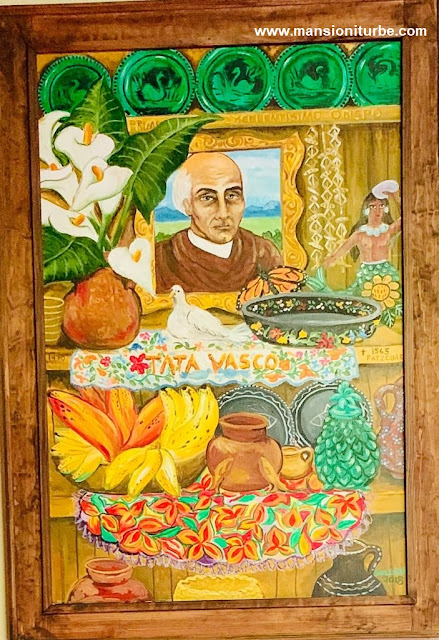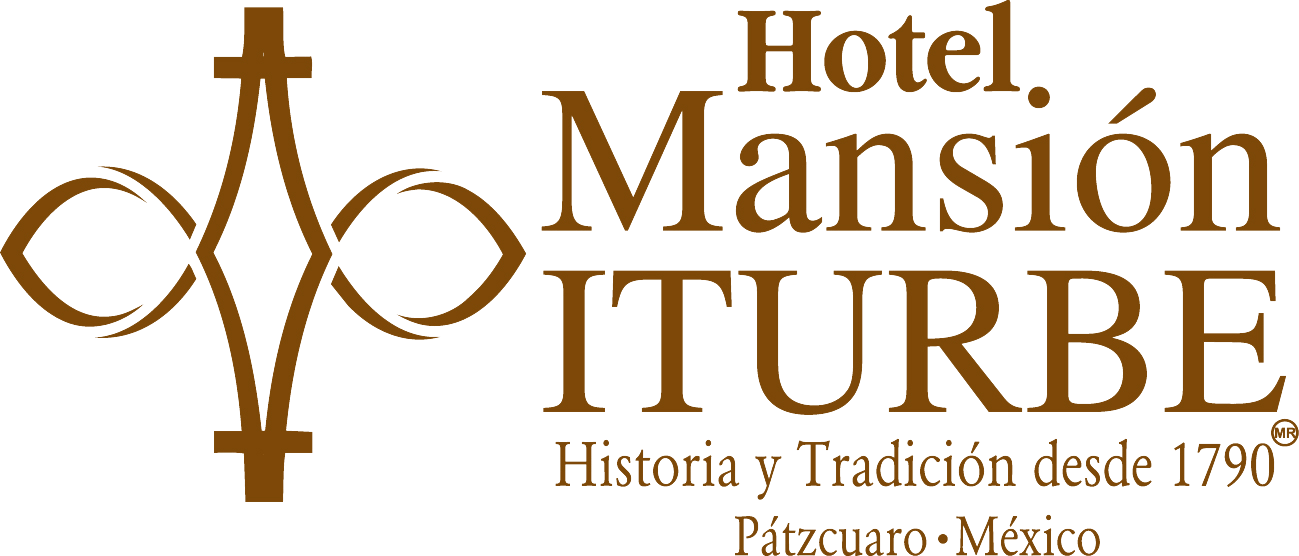Don Vasco de Quiroga and his Legacy for Michoacán
For us in Michoacán, the mere name
“Don Vasco de Quiroga” has a great impact. He was a Spaniard who
arrived here in 1533 – almost 500 years ago. He came to New Spain as a
judge of the Second Audience to gather information about the conditions that
prevailed at the time, investigate the excesses of the First Audience –
especially those of one Nuño de Guzmán – and examine the conditions of the
lives of the indigenous people.
 |
| Don Vasco de Quiroga: Statue in his honor in Pátzcuaro at Vasco de Quiroga Square |
Come to Pátzcuaro and the
surrounding areas and discover a place where you will experience a living
culture. Enjoy our cultural and sustainable tourism in a different
way. Take in our culture and natural wealth, witnessing the developing of
the communities of our region.
Discover the legacy of Tata Vasco and
follow La Ruta de Don Vasco, whereby you will be able to understand
the great dimension of his work in Michoacán during the time of
evangelization. He was a protector of the indigenous people and a
promotor of their education.
 |
| Don Vasco de Quiroga: Mural located at the House of the Eleven Patios |
Get to know the work done by Don Vasco
de Quiroga, who brought to New Spain – and especially to Michoacán –
the ideas of Renaissance humanism.
 |
| Don Vasco de Quiroga: Mural in his honor at the Old Jesuit College Cultural Center |
Don Vasco de Quiroga tried to create a fairer society. He was inspired by the
Utopia of the English humanist Thomás Moro: a social model that
recognized the respectability of indigenous people, as well as their
capabilities.
Proof of the above is folk art. Don
Vasco de Quiroga came across an artisanal heritage of the Purépecha people
and was able to see their creativity. Seeing this, he implemented new
techniques and perfected existing techniques; incorporating some elements that
were perhaps even alien to the Purépechas.
 |
| Don Vasco de Quiroga: Statue in his honor at Vasco de Quiroga Square in Pátzcuaro |
Thus, as you visit the different communities, you will be able to observe the result of the religious melding that took place. An example is the cane-paste figures, which amazed the evangelizers with their lightness. Used by the indigenous people to create images of their deities, and later used to create Christian images, they are genuine jewels of Mexican colonial art.
 |
| The Lord of the Third Order in Patzcuaro, during the Holy Week Procession |
Don Vasco de Quiroga sought to compartmentalize
the unique abilities of each community, taking into account the materials of
the region and its existing traditions. The intention was to minimize
competition between communities, allowing one to specialize in, say, hats,
another in masks, etc.
 |
| Vasco de Quiroga: Painting in his honor at Hotel Mansión Iturbe in Pátzcuaro |
Another ingenious project of Don Vasco
de Quiroga was his concept of “hospitals.” Having nothing to do with
the western concept of “hospitals,” they would be safe, collective areas for
members of a community to gather for pious practices, but also sharing meals
and learning new trades.
We at Hotel Mansión Iturbe suggest
that when you visit the Lake Pátzcuaro Region, be sure to visit Santa Fe de la Laguna, site of the first pueblo hospital in Michoacán;
that served as a model for others that were put up in various parts of the
state.
 |
| Don Vasco de Quiroga: Statue in his honor in Santa Fe de la Laguna, at the Lake Patzcuaro Region |
Later, in 1538, Don Vasco de Quiroga was appointed Bishop of Michoacán. In 1540, he moved the headquarters of the Bishopric from Tzintzuntzan to Pátzcuaro.
We Michoacanos are proud of the great
legacy of our beloved Tata Vasco. Come and take in our
architecture, folk art, gastronomy, music, and dance. This and much more is
part of the great influence of Don Vasco de Quiroga, a Spanish humanist
originally from Madrigal de las Altas Torres, who left his mark on our
Land.
 |
| Vasco de Quiroga: Painting in his honor at Hotel Mansión Iturbe in Pátzcuaro |
*Text and picture property of Hotel Mansión Iturbe.
We invite you to check more post in our blog, you will find information about Pátzcuaro and its surroundings that we hope will be useful for your next trip to our colonial town in Mexico.
Here are some post that we suggest you:
Hotel Mansión Iturbe
Portal Morelos 59
Plaza Vasco de Quiroga
Portal Morelos 59
Plaza Vasco de Quiroga
61600 Pátzcuaro, Michoacán.
México
Más información sobre nuestro Hotel en Pátzcuaro
Reservaciones en línea en Hotel Mansión Iturbe
Tel: +52 (434) 342 0368 / 342 3628
Fax: +52(434) 342 3627
Toll Free fax number USA & CANADA: 1-866 678 6102
Más información sobre nuestro Hotel en Pátzcuaro
Reservaciones en línea en Hotel Mansión Iturbe
Tel: +52 (434) 342 0368 / 342 3628
Fax: +52(434) 342 3627
Toll Free fax number USA & CANADA: 1-866 678 6102
| CODIGOS GDS | |
| Amadeus: | ON MLMMAN |
| Sabre: | ON |









Comentarios